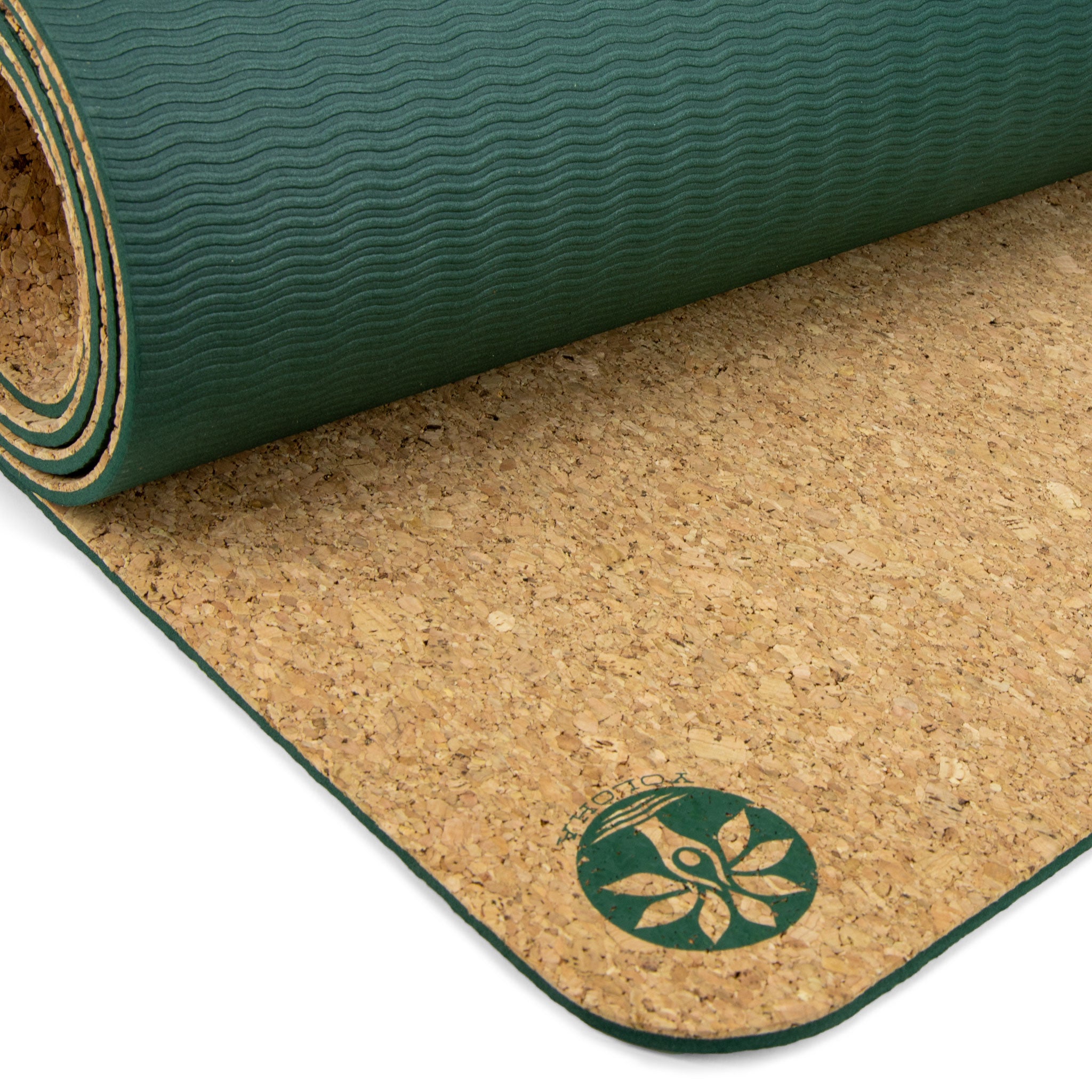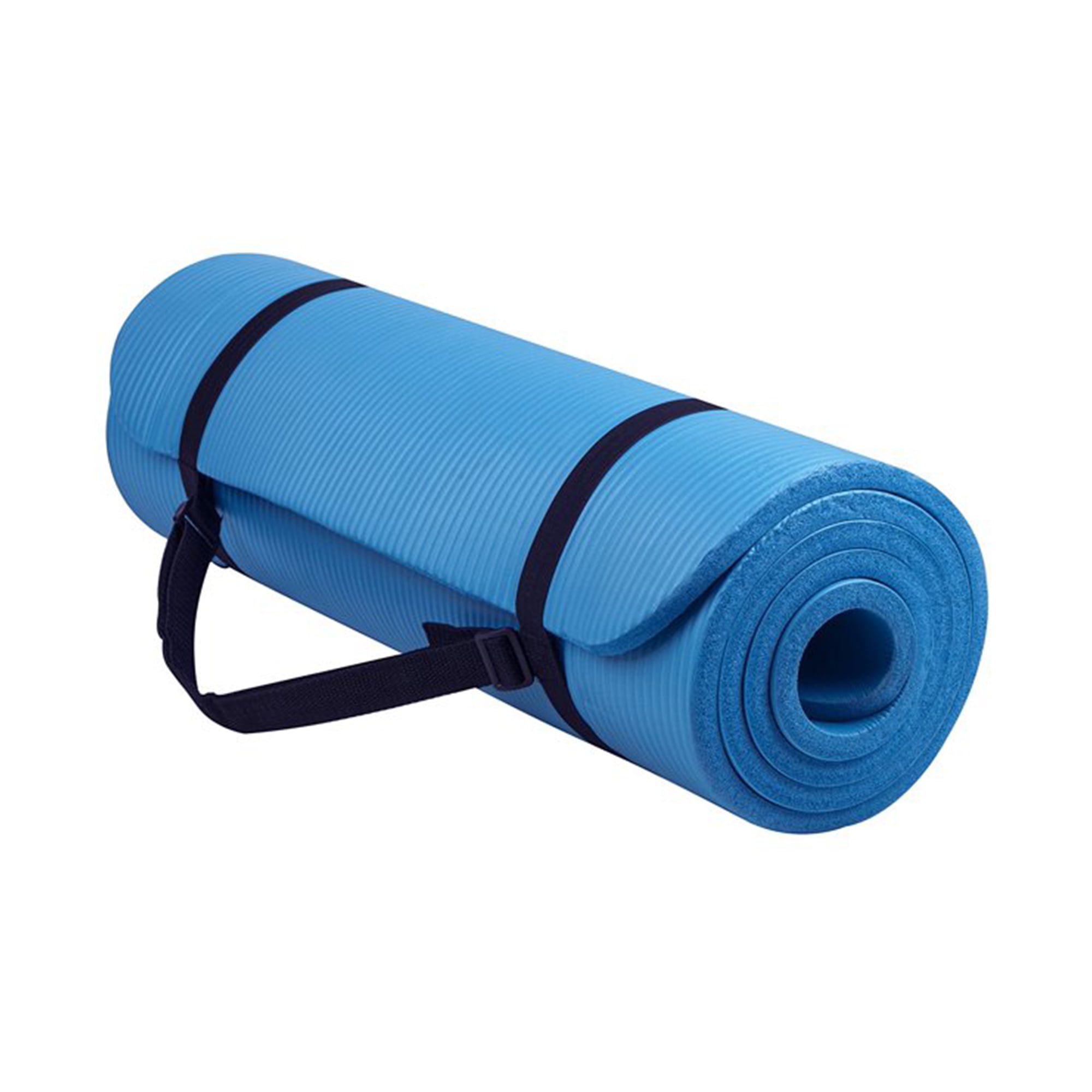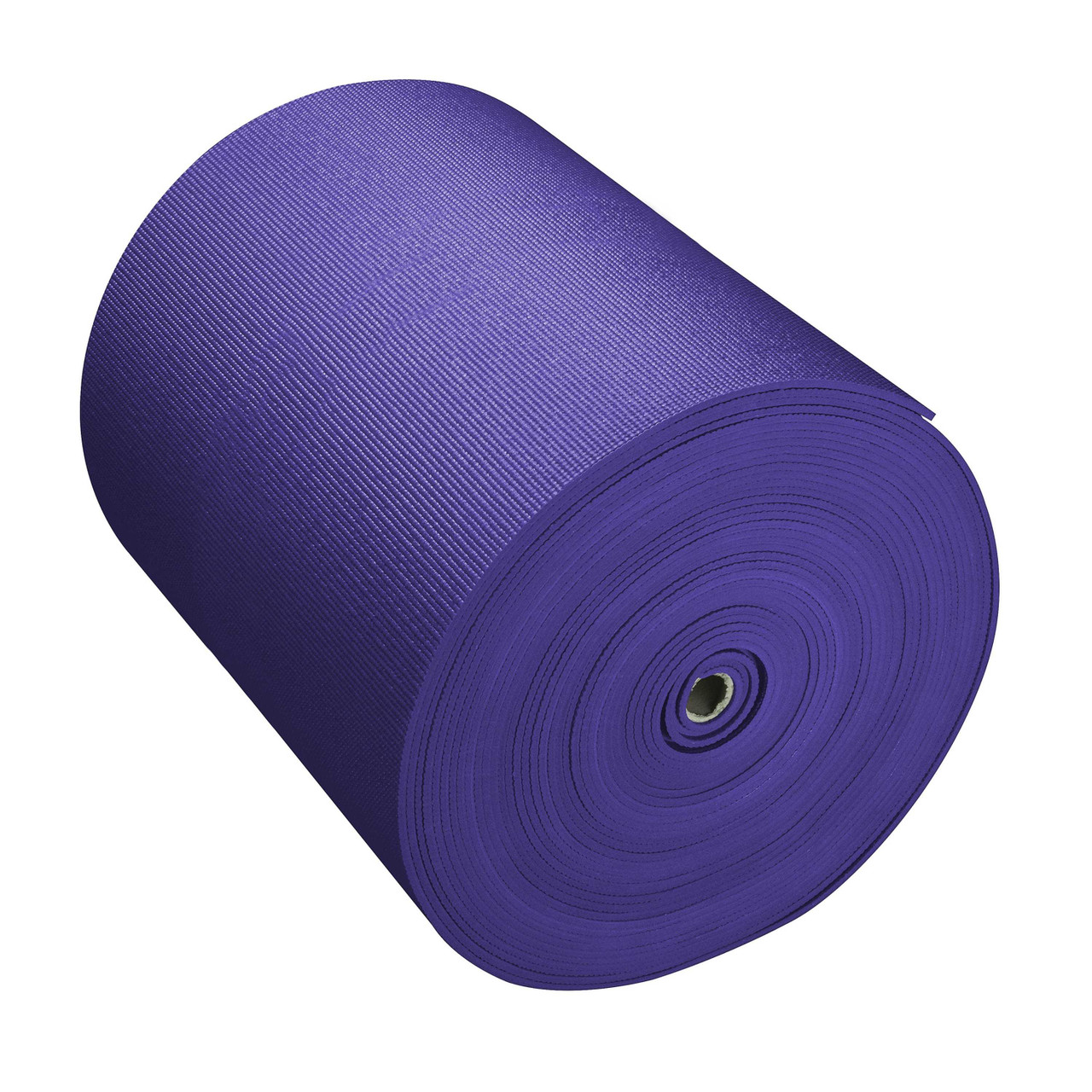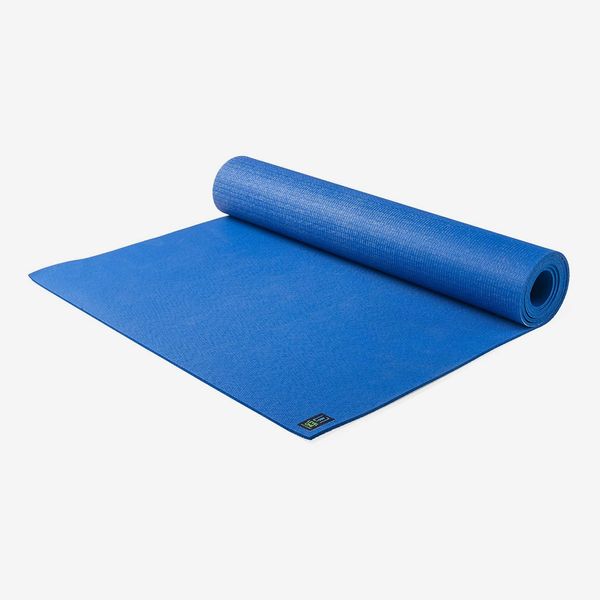How to stop slipping on yoga mat? Yoga is a great way to improve flexibility, strength, and mental focus. However, slipping on your yoga mat can be a frustrating and distracting experience. Not only can it affect the quality of your practice, but it can also increase the risk of injury. In this article, we will explore effective ways to prevent slipping on your yoga mat, allowing you to fully immerse yourself in your yoga practice without any worries.

Choosing the Right Yoga Mat
The first step in preventing slipping on your yoga mat is to choose the right one. There are various types of yoga mats available on the market, and not all of them are created equal when it comes to preventing slipping. Look for a yoga mat that is made of a non-slip material, such as natural rubber or PVC. These materials provide excellent grip and traction, allowing you to maintain stability during your practice. Additionally, consider investing in a thicker mat, as it can provide better cushioning and support, further reducing the likelihood of slipping.
Keep Your Mat Clean
Another important factor in preventing slipping on your yoga mat is to keep it clean. Over time, dirt, sweat, and oils can build up on the surface of your mat, creating a slippery layer that reduces traction. To avoid this, make sure to clean your yoga mat regularly. You can use a gentle, non-toxic mat cleaner and a soft cloth to wipe down the surface of your mat after each practice. Additionally, consider using a yoga towel or a mat towel to absorb excess sweat during intense sessions, further preventing slipping.
Use a Yoga Towel
If you find that your yoga mat still becomes slippery despite regular cleaning, consider using a yoga towel. A yoga towel is a thin, absorbent towel that can be placed on top of your mat to provide extra grip and traction. Many yoga towels are made of microfiber, which is designed to absorb moisture and prevent slipping. You can also choose a non-slip yoga towel, which has a textured surface that provides even more grip. Using a yoga towel can be especially beneficial during hot yoga or intense vinyasa practices, where excessive sweating can make the mat slippery.
Practice Mindful Movement
Mindful movement is an essential aspect of yoga, and it can also help prevent slipping on your mat. Pay close attention to your body alignment and engage your muscles to create stability and balance. For example, engage your core, press firmly into your hands and feet, and distribute your weight evenly on the mat. By practicing mindful movement, you can maintain a strong, grounded connection with your mat, reducing the risk of slipping.

Adjust Your Grip
In some yoga poses, it’s important to adjust your grip on the mat to prevent slipping. For example, in downward-facing dog, spread your fingers wide and press firmly into the mat to create a strong foundation. In standing poses, root down through your feet and engage the muscles of your legs to stabilize your body. By adjusting your grip and creating a strong connection with the mat, you can prevent slipping and improve your overall stability.
How to clean a yoga mat
Yoga has become a popular practice for people seeking physical and mental well-being. However, maintaining the cleanliness of your yoga mat is essential for promoting a healthy and enjoyable yoga experience. A clean yoga mat not only prevents the spread of bacteria and germs but also ensures a safe and hygienic surface for your practice.
Why You Should Clean Your Yoga Mat Regularly
Regular practice of yoga involves a lot of physical contact with the mat. Over time, sweat, dirt, and oils from your skin can accumulate on the mat, creating the perfect breeding ground for bacteria and germs. Using a dirty yoga mat can lead to skin irritations, infections, and an unpleasant odor. Additionally, if you share your mat with others or practice in a public space, the risk of exposure to harmful bacteria and viruses increases.
Cleaning your yoga mat not only maintains its hygiene but also extends its lifespan. Regular cleaning prevents the deterioration of the mat’s material, ensuring that it remains in good condition for a longer period of time. Furthermore, a clean yoga mat promotes mental well-being by providing a fresh and inviting surface for your practice.
Effective Methods for Cleaning Your Yoga Mat
Daily Wiping
After each practice session, it is advisable to wipe down your yoga mat with a clean cloth or a yoga mat spray to remove sweat and dirt. This quick and simple step helps to prevent the buildup of bacteria and keeps your mat fresh for the next use.
Deep Cleaning
Deep cleaning your yoga mat on a regular basis is essential to remove stubborn dirt, oils, and germs. There are several methods you can use to deep clean your mat, including the following:

Vinegar Solution:
Mix equal parts of water and white vinegar in a spray bottle. Spray the solution onto the mat and wipe it down with a clean cloth. Vinegar is known for its natural antibacterial properties, making it an effective and environmentally friendly option for cleaning your yoga mat.
Gentle Soap and Water:
Fill a basin or bathtub with warm water and add a small amount of gentle soap, such as mild dishwashing liquid or Castile soap. Submerge your yoga mat in the soapy water and gently scrub it with a soft brush or cloth. Rinse the mat thoroughly to remove any soap residue and allow it to air dry.
Machine Washing:
Some yoga mats are machine washable, but it is important to check the manufacturer’s instructions before attempting to wash your mat in a machine. Use a gentle cycle with cold water and mild detergent to prevent damage to the mat’s material. After washing, air dry the mat away from direct sunlight.
Natural Disinfectants
In addition to cleaning solutions, there are natural disinfectants that can effectively sanitize your yoga mat without harsh chemicals. Tea tree oil is renowned for its antifungal and antibacterial properties and can be diluted with water to create a natural disinfectant spray for your mat. Other essential oils, such as lavender and eucalyptus, also have antimicrobial properties and can be added to your cleaning solution for a pleasant aroma.
Sunlight and Fresh Air
Exposing your yoga mat to sunlight and fresh air is an excellent way to naturally sanitize and deodorize it. Lay your mat outdoors in a well-ventilated area on a sunny day to allow it to air out and absorb the natural disinfecting properties of sunlight.
Maintaining Your Yoga Mat’s Cleanliness
After cleaning your yoga mat, it is important to maintain its cleanliness by adopting a few simple habits:
- Allow your mat to air dry completely before rolling it up for storage.
- Store your yoga mat in a clean and dry environment to prevent mold and mildew growth.
- Avoid wearing shoes on your yoga mat to reduce the transfer of dirt and germs.
- Consider using a yoga towel or yoga mat cover for an additional layer of protection during your practice.
By incorporating these practices into your yoga routine, you can ensure that your mat remains clean and hygienic, providing you with a safe and enjoyable surface for your practice.

Conclusion
Slipping on your yoga mat can be a frustrating obstacle to your practice, but it doesn’t have to be a constant issue. By choosing the right yoga mat, keeping it clean, using a yoga towel, practicing mindful movement, and adjusting your grip, you can effectively prevent slipping and enjoy a seamless yoga practice. With these tips, you can focus on deepening your practice and reaping the full benefits of yoga without any distractions. Remember, a slip-free yoga mat can lead to a slip-free practice and a deeper connection with your mind, body, and spirit.
